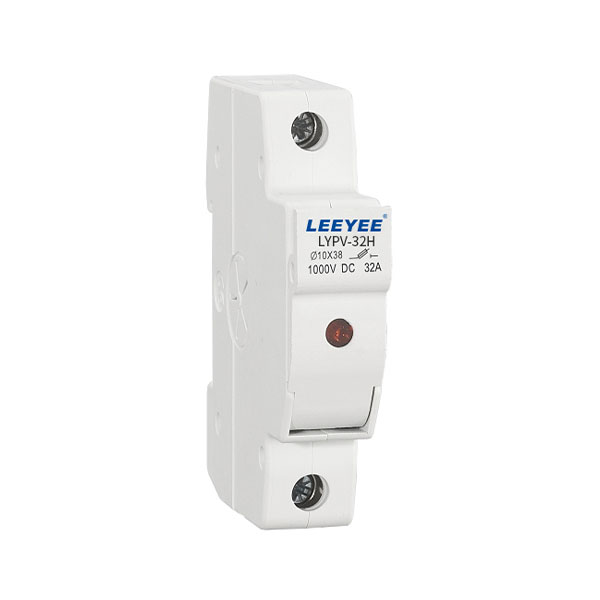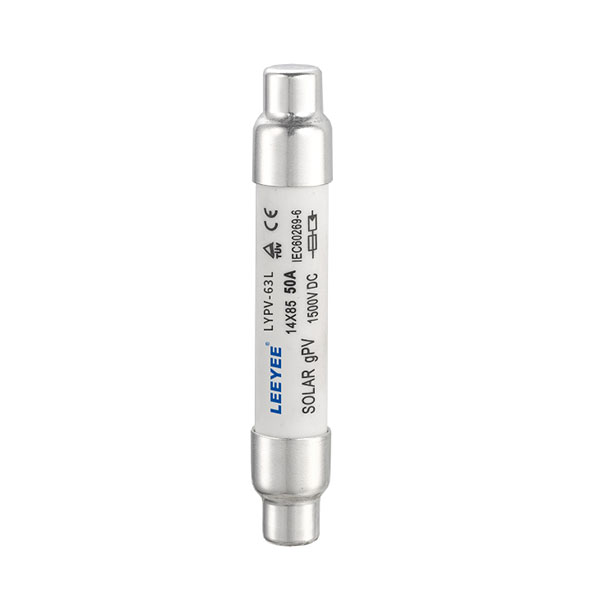I. Basic Concepts of Fuses
Table of Contents
1.1 Definition and Function of Fuses
A fuse serves as a vital protective component in electrical systems. Its main function is to disconnect a circuit automatically when current exceeds a safe limit, thus preventing electrical fires and equipment damage from overloads or short circuits.
According to IEC standards, the fuse’s rated current should be slightly higher than normal operating current—high enough to avoid false trips but low enough to ensure safety. For example, household circuits typically use fuses rated at 10A to 16A, effectively preventing appliance damage from overloads.
Besides protection, fuses also isolate faults simply and efficiently through their melting behavior.
1.2 Role of Fuses in Circuits
Fuses act as key safety devices by cutting off abnormal current through the melting of their internal element. This prevents fires and equipment damage.
In residential circuits, fuses operate when current exceeds 125% to 150% of their rating. Based on Ohm’s law, excess current produces heat, raising conductor temperature rapidly, which can be dangerous. Fuses break the circuit in time to avoid disasters.
II. Types and Characteristics of Fuses
2.1 Comparison of Different Types of Fuses
Fuses come in several types, each suited for different applications:
-
Fast-acting fuses quickly break the circuit during short-term spikes, making them ideal for sensitive electronics.
-
Slow-blow fuses handle gradual current increases, suitable for devices like motors that experience start-up surges.
-
Resettable fuses automatically restore operation after a fault, useful for temporary overloads.
Selecting the right fuse involves assessing load characteristics, environmental conditions, and safety standards to prevent unnecessary damage.
2.2 Key Characteristics When Selecting Fuses
Rated parameters are crucial when selecting a fuse. The current rating should match the maximum circuit load, ensuring stability during normal operation. For instance, a 10A fuse is appropriate for circuits operating below 8A.
The voltage rating must exceed the circuit’s highest voltage, e.g., a 250V fuse in a 240V circuit. Additionally, size and installation methods affect reliability. An appropriately sized fuse ensures safe and simple installation while providing adequate protection.
III. Rated Parameters of Fuses
3.1 Importance of Current Rating
The current rating defines the highest continuous current the fuse can handle without blowing. Exceeding this level causes the fuse to melt and disconnect the circuit, preventing damage.
Proper selection considers both maximum and peak currents. For instance, if regular current is 8A with peaks at 12A, a 10A fuse offers a safe margin without frequent tripping. Environmental factors, like temperature, also influence fuse performance.
Following standards like IEC 60269 ensures safety and product reliability. Careful current rating selection minimizes risk and maintains system stability.
3.2 Voltage Rating and Safe Operation
Voltage rating is equally critical. A fuse must withstand the system’s maximum voltage without breakdown. For example, a 600V fuse is unsafe in a 660V circuit.
In practice, the voltage rating should exceed the system voltage by 10-20% for added safety during fluctuations. Different requirements exist for AC and DC circuits, making voltage rating even more crucial.
Always verify manufacturer specifications and comply with IEC guidelines to ensure the fuse performs safely under all operating conditions.
IV. Size and Installation of Fuses
4.1 Influence of Fuse Size on Installation
Fuse size affects compatibility and performance. Oversized fuses may cause installation issues and poor heat dissipation, while undersized fuses risk premature failure.
For example, mini fuses in automotive systems save space while ensuring protection. Consider mounting type and whether a holder is necessary. Following standards like UL or IEC helps ensure safe installation.
4.2 Precautions During Installation
Follow the manufacturer’s guidance closely when installing fuses. Choose the correct rating—typically 1.25 to 1.5 times normal current—to avoid false tripping or failure to trip during faults.
Ensure adequate ventilation, as cramped spaces cause overheating. Maintain clean, tight connections to minimize contact resistance and avoid heat build-up. Proper installation prevents failures and extends equipment life.
V. Protective Characteristics of Fuses
5.1 Fast-Acting vs. Delayed Fuses
Fast-acting fuses blow within milliseconds when currents exceed 200% of the rating. They’re ideal for protecting sensitive electronics.
Delayed fuses tolerate brief surges and only trip after sustained overload, perfect for motors and inductive loads. For instance, they allow safe motor startups by delaying tripping until after peak inrush currents subside.
Choosing the correct fuse type protects circuits while avoiding unnecessary downtime.
5.2 Matching Fuse Protection to Circuit Requirements
Select fuse characteristics based on load behavior. For high-inrush currents, delayed fuses prevent unwanted shutdowns. In contrast, fast-acting fuses protect electronics that cannot tolerate spikes.
Examine load patterns and fault history. Circuits with frequent fluctuations benefit from delayed fuses. Sensitive devices require fast-acting fuses for swift protection.
Correct selection ensures safety and maximizes equipment reliability.
Summary
This guide highlights the importance of fuses in electrical protection. Key takeaways include:
-
Match the current and voltage ratings to system requirements.
-
Choose between fast-acting and delayed fuses based on circuit characteristics.
-
Consider fuse size and installation conditions for optimal performance.
-
Follow international standards for safer and more reliable systems.
Proper fuse selection prevents costly damage and enhances system safety. For questions or custom solutions, please contact us.


